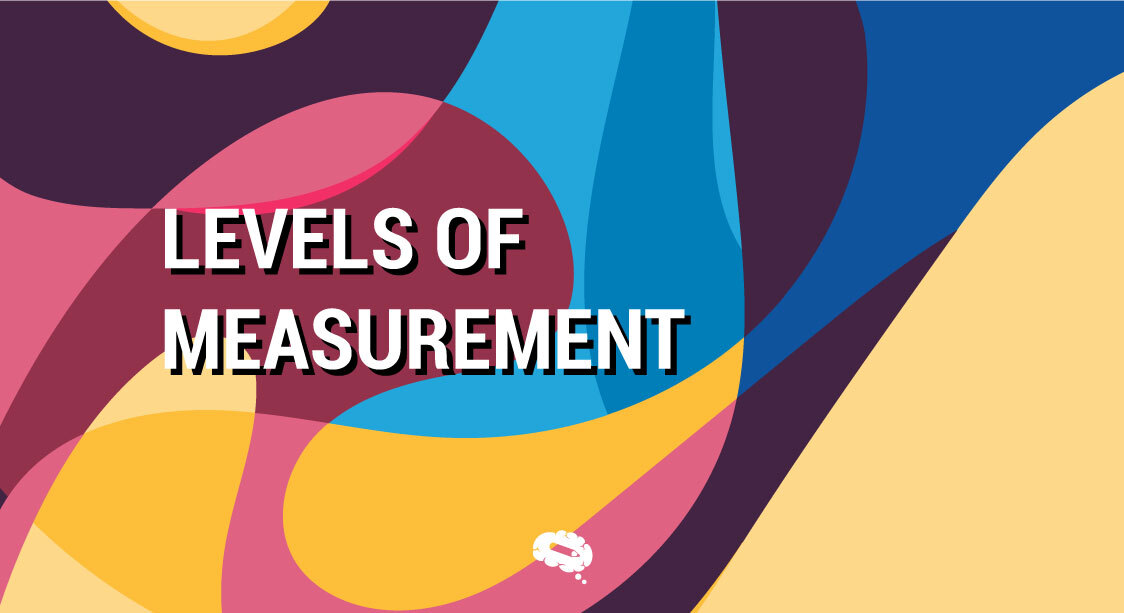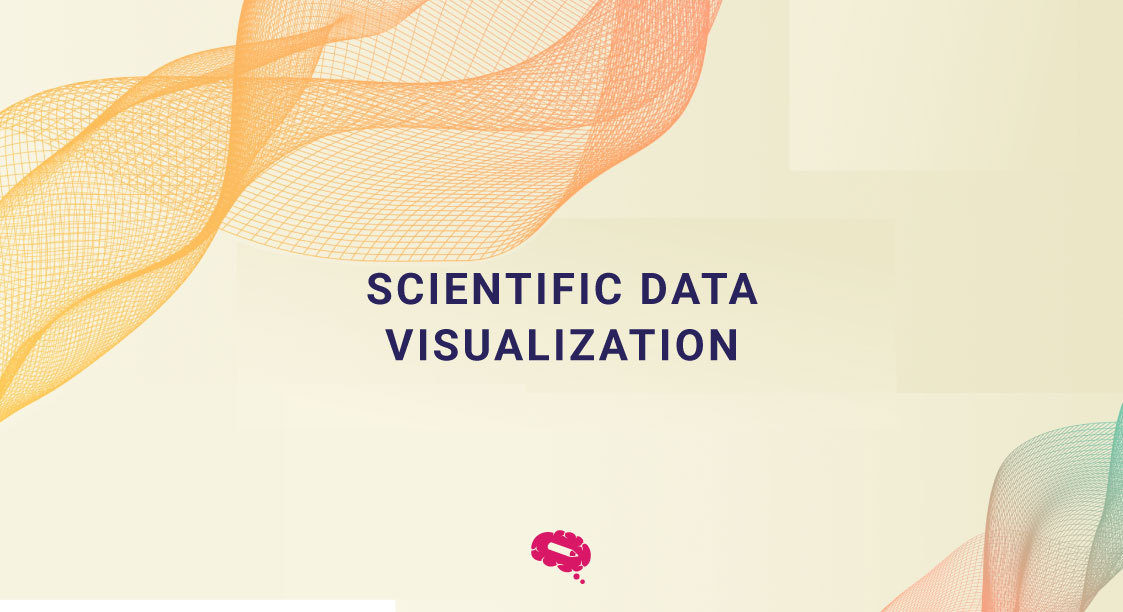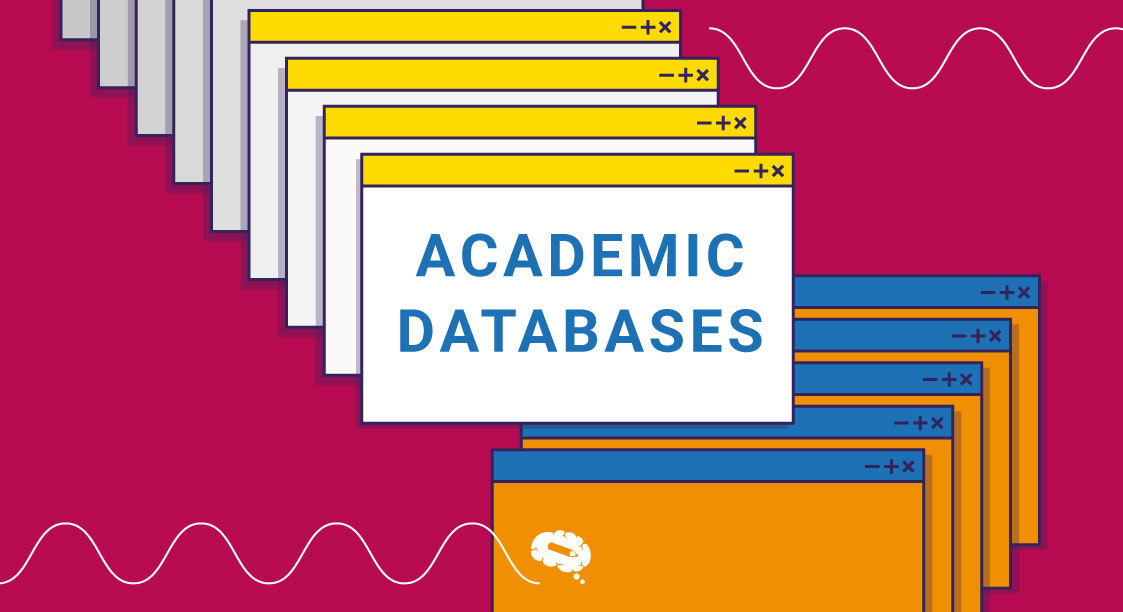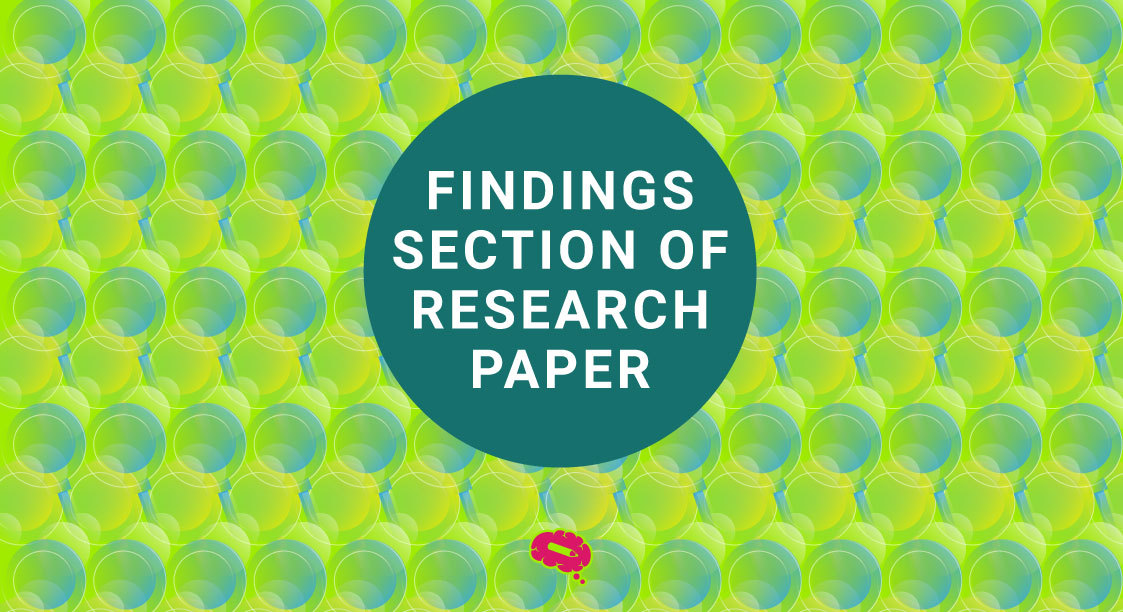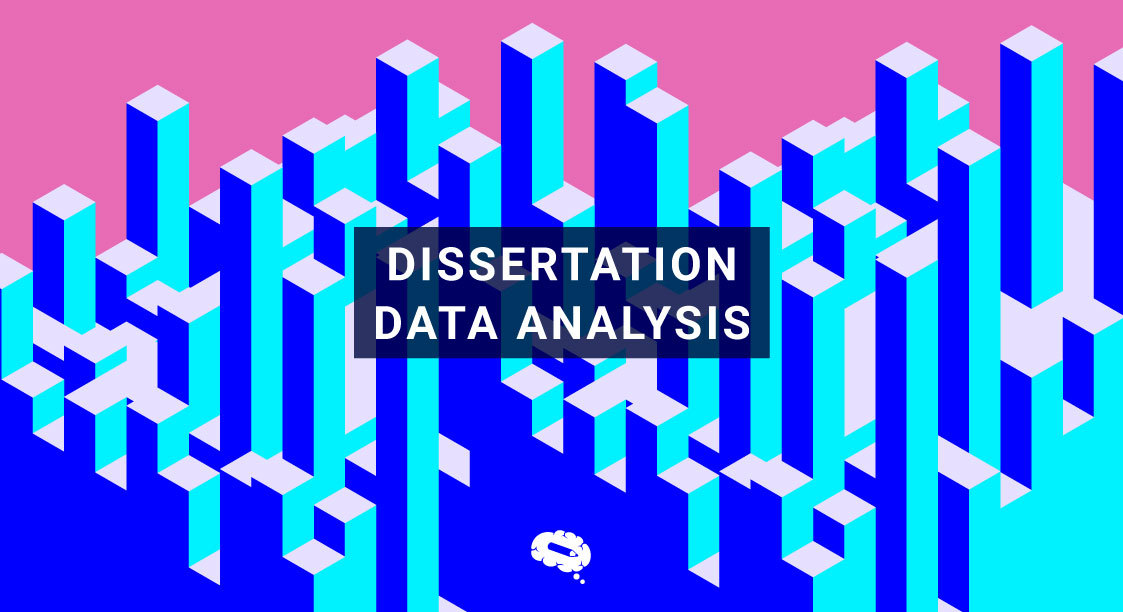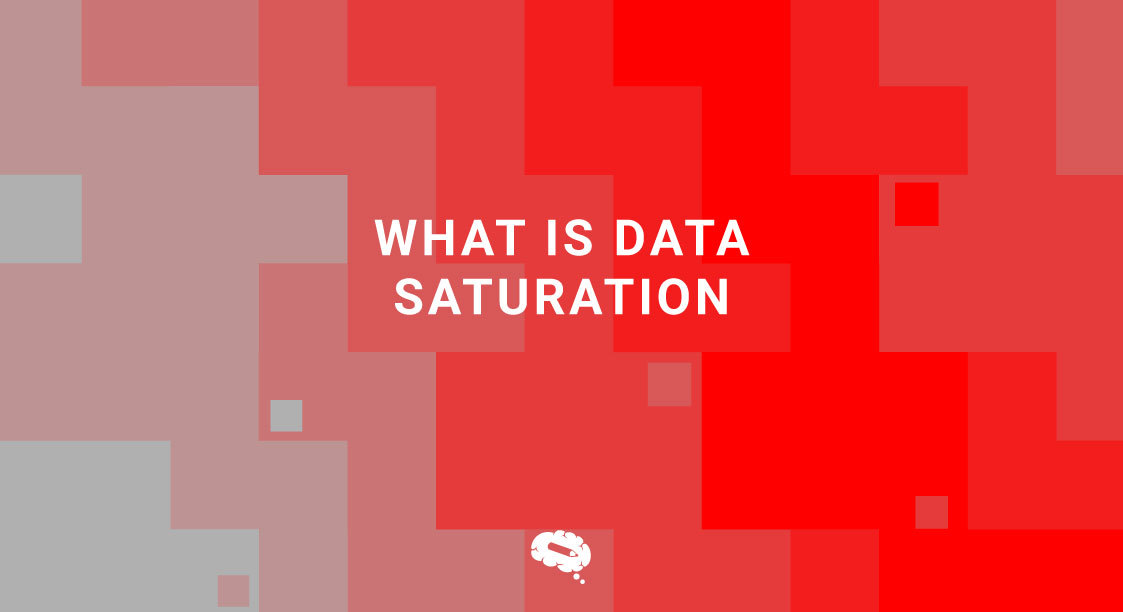It is impossible to overstate the importance of data cleansing in today’s data-driven world. Data accumulated from several sources has to be cleaned and accurate as it accumulates. Clean data serves as the foundation for meaningful data analysis, enabling organizations to make informed decisions with confidence. Whether it’s identifying market trends, understanding customer behavior, or optimizing operational processes, clean data empowers businesses to extract valuable insights that drive growth and innovation. Investing in data cleansing is not just a matter of good practice; it’s a strategic imperative for any data-driven enterprise striving for success in today’s competitive landscape. Let’s learn more about how to do it in this blog.
What Is Data Cleansing?
To improve the quality and reliability of data, data cleansing, also known as data scrubbing or data cleaning, detects and corrects errors, inconsistencies, and inaccuracies. It involves identifying and correcting error-prone, duplicate, and incomplete data entries, ensuring that they are accurate, consistent, and current.
Data that is messy comes from the following sources:
- Errors caused by human operators during manual data entry processes, such as typos and inconsistencies.
- An out-of-date piece of information is one that has not been updated due to a change in circumstances, such as contact information, a product specification, or pricing information.
- A discrepancy or contradiction within the data, such as differences in formatting, naming conventions, or values that conflict.
- Insufficient storage space and inaccuracies in analysis can result from duplicate entries within a dataset.
- The dataset has missing or incomplete information that impedes accurate analysis and decision-making.
Organizations can suffer severe consequences if their data is unreliable, affecting their decision-making processes and ultimately inhibiting their ability to accomplish their goals. Inaccurate or incomplete data can lead to flawed analyses and misguided decision-making, resulting in wasted resources, missed opportunities, or poor strategic choices. Additionally, unclean data can reduce productivity, increase manual error correction, and create confusion among employees, leading to inefficiencies in processes. Further, inaccurate data may undermine customer trust, leading to reputational damage and the loss of business opportunities. Poor data quality can also lead to financial losses, due to inaccurate billing, inaccurate financial reporting, and ineffective marketing targeting. As a result of inadequate data quality, organizations are exposed to legal risks, penalties, and fines due to non-compliance with regulations and industry standards. It goes without saying that unclean data impacts an organization’s performance across the board, potentially jeopardizing its success.
The Process Of Data Cleansing
Data cleansing is a systematic process aimed at ensuring data quality and reliability. By following these steps diligently, organizations can effectively cleanse their data, thereby enhancing its reliability, accuracy, and usability for informed decision-making and business success. Below are the essential steps involved in the data cleansing process:
- Identifying Dirty Data
Identifying dirty or inconsistent data is the first step in the process of data cleansing. There may be a need to examine the data for errors, inconsistencies, duplicates, missing values, or outliers as part of this process. It is possible to identify potential issues in large datasets by using data profiling techniques and automated tools.
- Assessing The Extent Of The Problem
Following the identification of dirty data, the next step is to assess the extent to which the problem has developed. To achieve this goal, it is necessary to understand the scope and severity of data quality issues. Depending on the nature of the dirty data, data analysts may be able to conduct in-depth analyses to determine how these dirty data may affect business operations, decision-making processes, and overall data integrity.
- Cleaning And Formatting Data
Once dirty data has been identified and assessed, it is cleaned and formatted to ensure consistency and accuracy. In this step, there are a number of common tasks you will have to complete, such as correcting errors, removing duplicates, filling in missing values, standardizing formats, and normalizing data from different sources. Based on the nature of the data and the specific requirements of the business, the data cleansing techniques may differ from one to another.
- Validating And Verifying Data Accuracy
Validating and verifying the data ensures its accuracy and reliability after it has been cleaned and formatted. During the validation process, data may be cross-referenced with external sources, integrity checks may be performed, and statistical analysis may be performed. As part of the data verification process, it is necessary to confirm that the cleansed data conforms to predefined quality standards and business rules.
- Implementing Quality Control Measures
To maintain data quality over time, it’s essential to implement quality control measures as part of the data cleansing process. To achieve this goal, it may be necessary to define data governance policies, define metrics for measuring the quality of data, and implement monitoring mechanisms to track the quality of data over time. To ensure continuous improvement in data management practices, a regular audit and review should be conducted to identify emerging issues related to data quality and to identify emerging issues concerning data quality.
Techniques And Tools For Effective Data Cleansing
The process of data cleansing involves identifying, correcting, and enhancing the quality of data using a variety of techniques and tools. By employing these techniques and utilizing appropriate tools, organizations can effectively cleanse their data and unlock its true potential for driving informed decision-making and achieving business objectives. The following are some common methods:
- Parsing and Standardization
Parsing involves separating data elements into their constituent parts (for example, separating first and last names). As part of standardization, data is formatted according to predefined rules (e.g., dates are converted to a uniform format).
- Deduplication
Duplicate records or entries within a dataset should be identified and removed to prevent errors and duplicate entries. It is possible to identify similar or identical records using fuzzy matching and record linkage techniques.
- Normalization
The process of putting data into a common format or structure in order to facilitate comparison and analysis. As part of normalization, numerical values may be scaled, categorical data may be converted into a standard format, or inconsistencies in data representations may be corrected.
- Missing Data Handling
Techniques for dealing with missing or incomplete data, including mean substitution, regression, and predictive modeling. To mitigate biases introduced during imputation, it is important to carefully consider the reasons for missing data.
- Outlier Detection and Treatment
Outliers or anomalies that deviate significantly from the norm in the dataset should be identified. Outliers can be detected and handled appropriately with statistical methods, clustering algorithms, and machine learning algorithms.
- Data Quality Profiling
Analyzing various aspects of data quality, such as completeness, accuracy, consistency, and timeliness. By analyzing data characteristics and identifying potential problems, data profiling tools are able to automate the process.
- Data Cleansing Tools
Data cleansing tasks are performed using specialized software and platforms. Informatica Data Quality, Talend Data Preparation, and Trifacta are some of the most popular tools.
- Automation and Workflow Integration
Streamlining repetitive data cleansing tasks with automation. Streamlining data management by integrating data cleansing processes into workflows and pipelines.
Benefits Of Data Cleansing
The benefits of data cleansing range from increased accuracy and reliability to improved decision-making capabilities, operational efficiency, improved customer experiences, and compliance with regulations and standards. By investing in data cleansing processes and technologies, you can unlock the full potential of their data assets and drive sustainable growth and success. Here’s a more detailed exploration of the benefits of data cleansing:
Improved Data Accuracy And Reliability
Cleansing data ensures that errors, inaccuracies, and inconsistencies are identified and corrected, resulting in a more accurate dataset. Data accuracy is significantly improved by removing duplicate entries, correcting misspellings, and standardizing formats. Analytical insights and reports based on clean data are more reliable, providing a solid foundation for decision-making.
Enhanced Decision-Making Capabilities
The use of clean data allows organizations to make informed decisions using accurate and reliable information. Decision-makers can trust the insights derived from clean data, leading to more confident and effective strategic choices. By identifying trends, patterns, and correlations with reliable data, organizations can develop their business strategies with greater confidence.
Increased Operational Efficiency
Data cleansing streamlines processes by eliminating redundant and irrelevant information, reducing clutter and noise in datasets. Organizations can save time and resources by processing and analyzing clean data faster. By integrating clean data with different systems and applications, operational workflows become more efficient.
Better Customer Experiences And Insights
A clean data set allows organizations to gain a deeper understanding of customer behavior, preferences, and needs. It is possible to improve customer experiences by personalizing marketing efforts, products, and services based on accurate customer data. To foster stronger customer relationships, businesses need accurate customer data in order to anticipate customer needs and tailor their offerings accordingly.
Compliance With Regulations And Standards
Regulatory and industry standards are aligned with organizational data through data cleansing. Data cleansing facilitates compliance with data protection regulations such as GDPR, HIPAA, or CCPA, which require accurate and secure handling of personal and sensitive information. Keeping data clean and compliant reduces the risk of penalties, legal issues, and reputational damage.
Best Practices For Data Cleansing
In order to ensure that the data cleansing process is systematic and efficient, it is important to establish data quality standards and protocols. In order to achieve these objectives, one must define clear criteria for what constitutes clean and accurate data. Data cleansing efforts can be measured through metrics such as completeness, consistency, accuracy, and timeliness. To ensure consistency and standardization across the organization, data collection, entry, storage, and processing protocols should be established. All stakeholders involved in the data management process can benefit from comprehensive data governance frameworks that include these standards and protocols.
To maintain the integrity of the data over time, it is crucial to monitor and maintain data hygiene. Performing routine data quality assessments enables businesses to detect issues and anomalies in their data as soon as they arise. Inconsistencies and discrepancies can be detected automatically by automated processes that monitor data quality metrics. Scheduled data cleansing activities address identified issues and ensure that the data remains accurate and reliable.
The data cleansing process can be streamlined and made more efficient by using automation and machine learning technologies. It is possible to reduce manual effort and increase productivity by using data cleansing tools and software that incorporate automation capabilities. Techniques such as natural language processing (NLP) and sentiment analysis can cleanse unstructured data sources effectively.
In order to contribute to data quality efforts, data handling, and cleansing procedures training is essential. Data quality training programs educate employees about how to maintain data quality. Through hands-on training, one can learn data cleansing tools and techniques, allowing them to validate and cleanse data effectively. In order to navigate the data cleansing process, employees can refer to documentation and resources like manuals and tutorials. A culture of continuous improvement in data handling and cleansing can be fostered by encouraging collaboration and knowledge-sharing among employees.
Discover The Power Of Scientific Storytelling With A Free Infographic Maker
Dive deep into your research and effortlessly craft engaging visuals that captivate your audience’s attention. From intricate data sets to complex concepts, Mind the Graph empowers you to create compelling infographics that resonate with readers. Visit our website for more information!

Subscribe to our newsletter
Exclusive high quality content about effective visual
communication in science.



